Inductive Proximity Sensor (LJ12A3-4-Z/BX) Overview
The LJ12A3-4-Z/BX inductive proximity sensor is a compact, non-contact metal detection sensor engineered for reliable object sensing in industrial and hobbyist automation. Designed for CNC machines, 3D printers (auto bed leveling), robotics, conveyor systems, and process control, this sensor detects metallic targets without physical contact, reducing wear and maintenance compared to mechanical switches.
How It Works
Using the principle of electromagnetic induction, the sensor generates an alternating magnetic field from its sensing face. When a metal object enters this field, eddy currents are induced in the target which change the impedance of the sensor coil, triggering the output. The LJ12A3-4-Z/BX is tuned for a nominal 4mm sensing distance, though actual range varies by metal type and target size.
Key Features
- Model: LJ12A3-4-Z/BX
- Detection range: 4mm (dependent on target metal)
- Output: NPN Normally Open (NO)
- Operating voltage: DC 6-36V
- Maximum output current: ≤300mA
- Response frequency: ≤500Hz
- Housing: M12 threaded metal body with lock nuts for secure mounting
- Built-in LED indicator for detection status
- Non-contact, wear-free operation for long service life
Technical Specifications
- Model: LJ12A3-4-Z/BX
- Type: Inductive proximity sensor
- Sensing distance: 4mm (typical)
- Output type: NPN NO
- Operating voltage: DC 6-36V
- Output current: ≤300mA
- Response frequency: ≤500Hz
- Operating temperature: typical industrial range (refer to datasheet for specifics)
- Housing: M12 metal threaded cylinder
Applications
- CNC machines and 3D printers (auto bed leveling and endstop sensing)
- Robotics and embedded automation projects
- Metal detection, counting, and presence sensing systems
- Conveyor belt object detection and sorting
- Industrial process control, safety interlocks, and machine status monitoring
Wiring, Compatibility, and Integration
The LJ12A3-4-Z/BX uses an NPN Normally Open output and operates across a wide DC supply range (6-36V), making it compatible with common controllers like Arduino, Raspberry Pi (with appropriate interfacing), and PLCs. Typical wiring connections include supply positive, supply negative, and the NPN output wire to the controller input. Always confirm wiring polarity and use appropriate pull-up resistors or input configuration on the controller.
Connection Tips
- Use the built-in LED to verify detection during setup.
- Keep sensing face free of debris and metal shavings for reliable operation.
- Allow for reduced sensing distance when detecting non-ferrous metals (aluminum, brass).
- Mount using the M12 thread and lock nuts to set precise sensing gap.
Installation and Best Practices
Mount the sensor in a stable location with the sensing face perpendicular to the target. Use lock nuts to secure the M12 housing and adjust the position to achieve the desired trigger point. For high-speed applications, confirm the sensor’s response frequency (≤500Hz) meets system requirements. Protect cabling from abrasion and electromagnetic interference for consistent performance.
Ordering and Notes
Order model LJ12A3-4-Z/BX for a cost-effective, reliable inductive proximity solution. Note that sensing distance varies with target material and thickness; ferrous metals typically yield the best range. Images are for illustration purposes only.

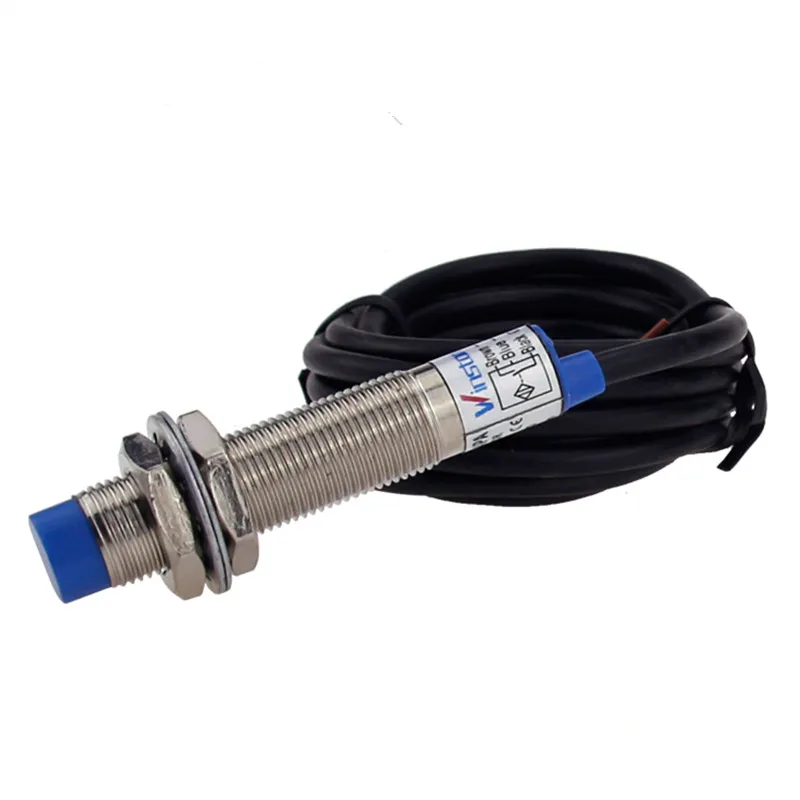
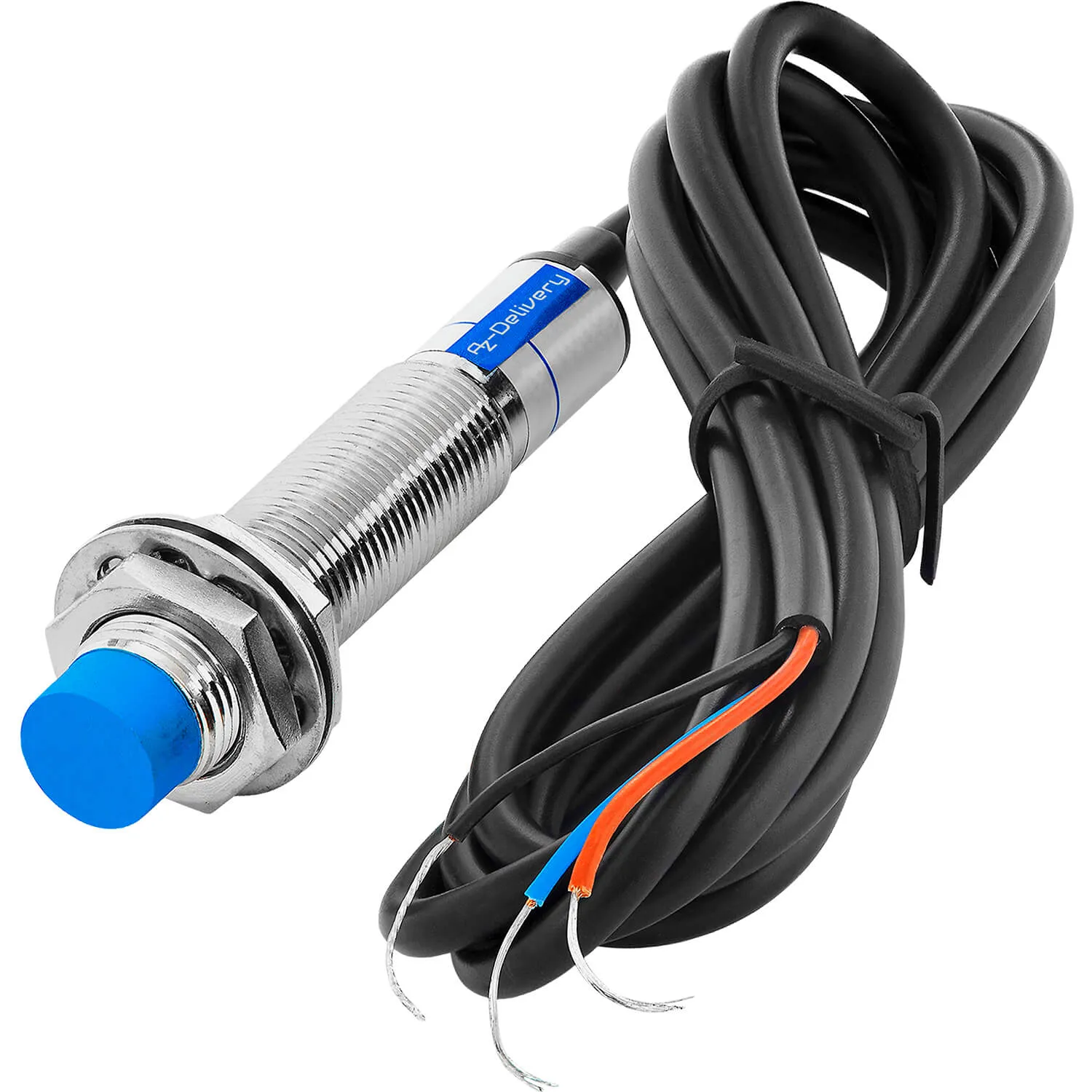

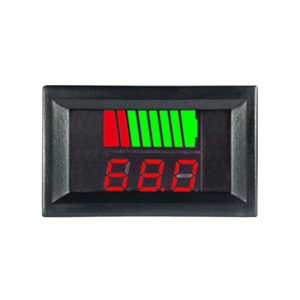
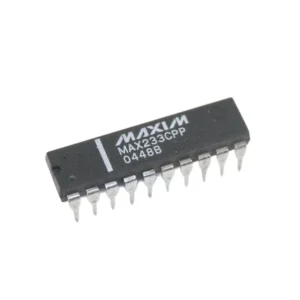
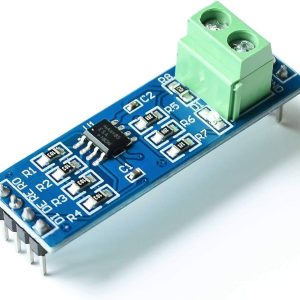
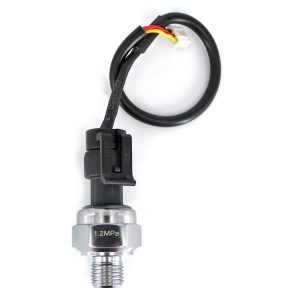
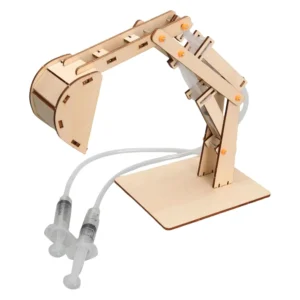
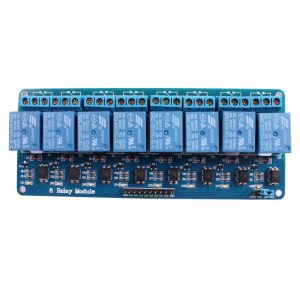
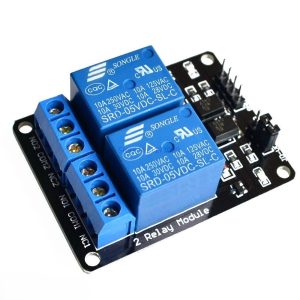
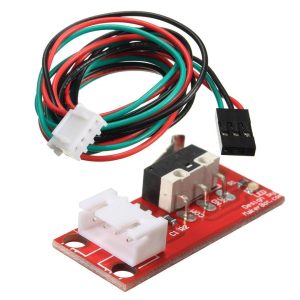
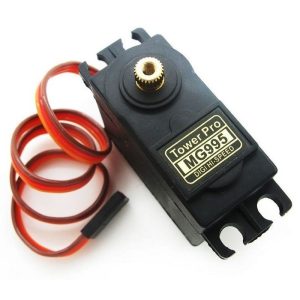
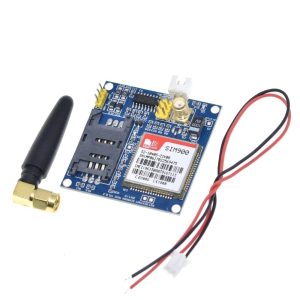

Haseeb (verified owner) –
Haseeb –